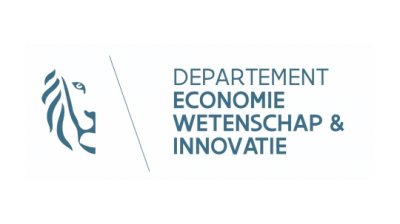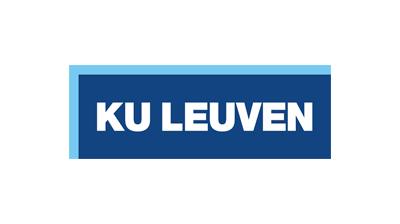BNP Paribas Fortis moves office according to a circular model
Circularity was taken into account during both the demolition of the old buildings and the design of the new one
On 8 June 2017, BNP Paribas Fortis signed the Green Deal Circular Procurement. In this context, Circular Flanders organised an inspiration day on 4 December in the bank’s Kanselarij Auditorium in Brussels.
Dominique Verhamme (Procurement): “We’re cooperating with various parties, including Nearly New Office Facilities (NNOF). NNOF is both our mover and the manager of our stock of office furniture. Since this stock is fairly extensive, the organisation’s specialists saw a great opportunity to give parts of old furniture a new life. In the context of the 'New Ways of Working', they upcycled old desktops and cupboards to make new tables, wardrobes and chairs for our central buildings in Brussels. In the past, we’d have simply thrown away a desk with a damaged top, without pausing to think and realising that the legs would have been perfectly usable for another piece of furniture. Although the new headquarters of the bank will only be ready in mid-2021, we’re already drawing up an inventory of our office furniture. In consultation with the Facility Department, the Montagne du Parc team and the interior designer, we’re studying what parts we can reuse and what we have to buy new.”
Philip Mol (CSR - Strategy & Business Development): “More than 98% of the demolition material from the old Warandeberg towers has been recycled or reused. Our colleagues in the Montagne du Parc team are always aware of sustainability, and consequently the circular economy. This led to the old concrete being ground up again so that it could be reused in other buildings. In addition, more than 10,000 m² of carpet were recycled, which meant a 2-tonne reduction in CO2 emissions per 1,000 m².” Dominique Verhamme: “We went to work according to the 'cradle-to-cradle' principle. A large part of the fitted carpet was reused to produce new fitted carpet or other products. This meant a minimum amount of raw materials were lost, and the loop was closed.”
Philip Mol: “We also gave other companies access to design furniture and decorative elements, such as door handles or lighting elements, through the Rotor company; 230 tonnes of it, to be precise. The organisation works with interior designers, and makes sure used building materials are incorporated in other buildings. A good example is the ceiling of a chemist in Schaerbeek, which is made from part of the ceiling that the Belgian designer Jules Wabbes designed for the old Warandeberg building in the 1960s.”
Dominique Verhamme: “Supplies are still limited, so the cost of this circular approach is currently quite high. Making new furniture with pieces of old furniture is also fairly labour-intensive, so the cost of this obviously has to be factored in. At the moment, our business cases are not always positive. However, as soon as the supply increases, this may well change. The budget has to remain in balance, clearly.” Philip Mol: “We’re also taking energy-efficient measures in the construction of the new headquarters. This will include solar panels, green roofs and a STES installation (Seasonal Thermal Energy Storage, ed.) which can store energy throughout the year. In the long term, this will save us a lot of cash.”


















